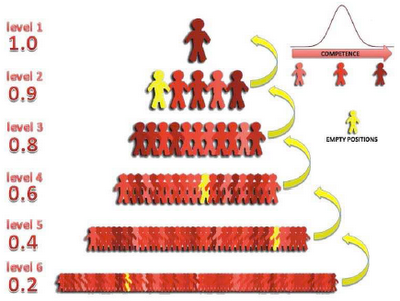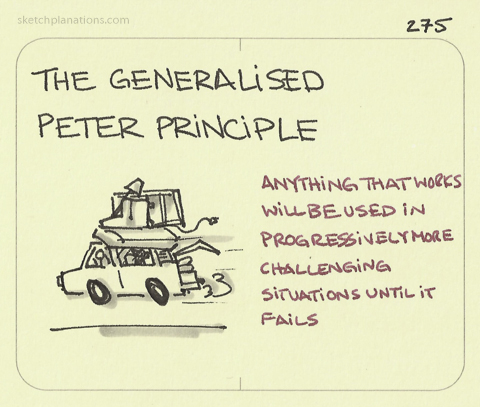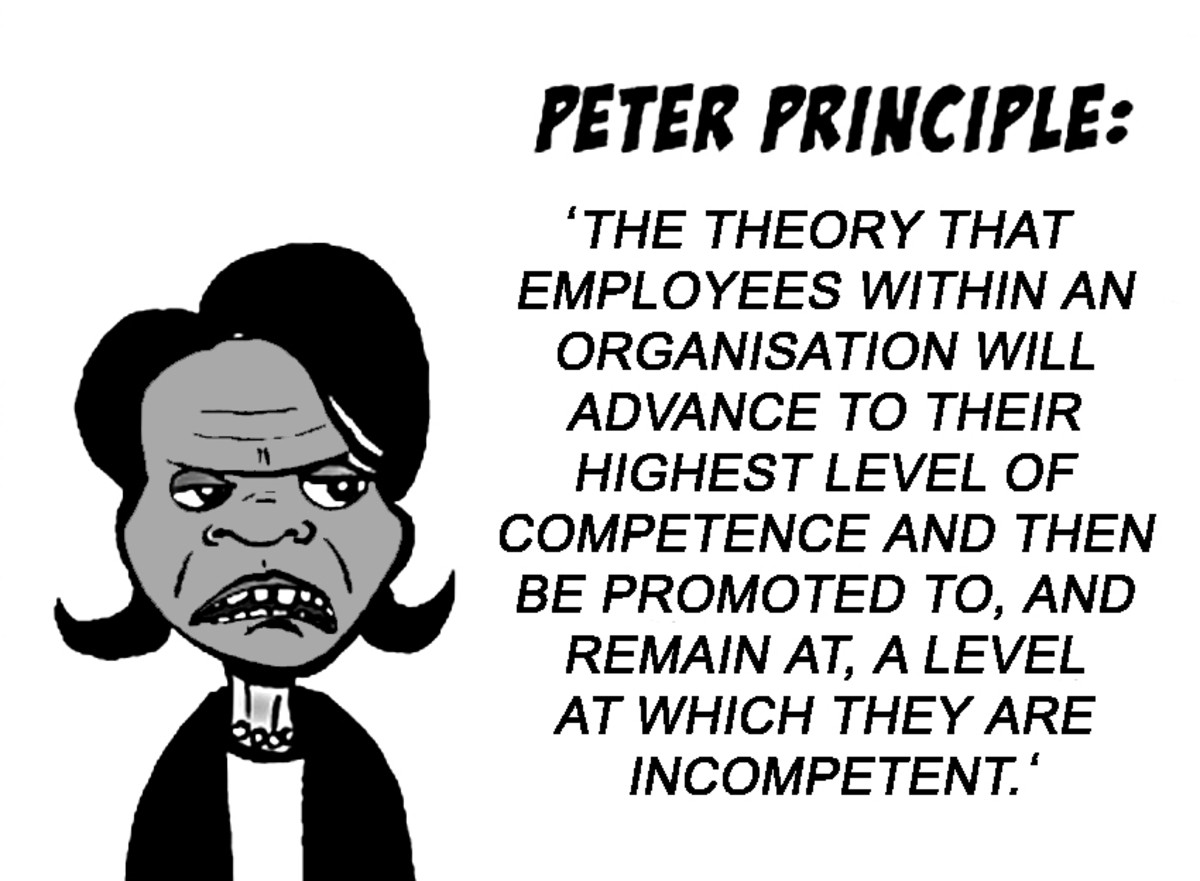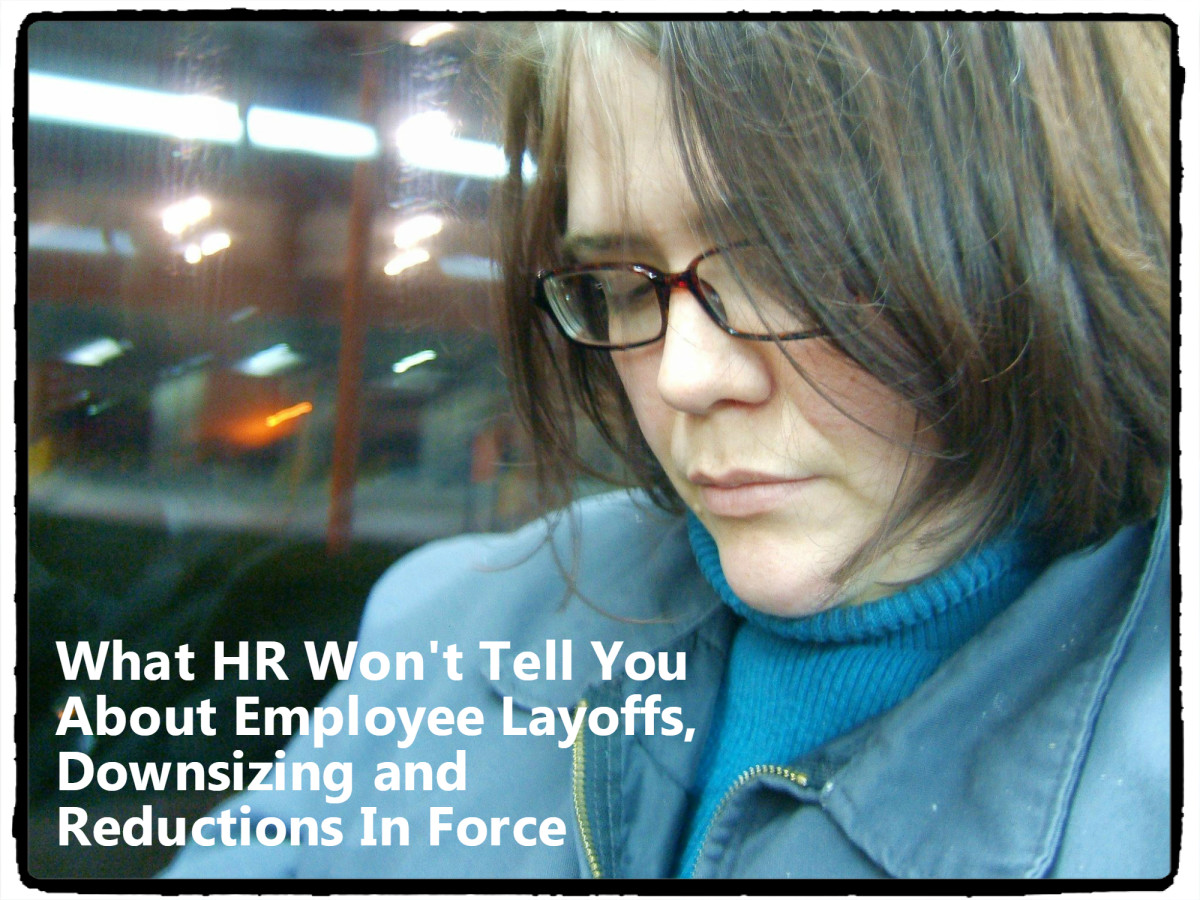The Peter Principle in Business

Often, in the face of a bad business decision, people write it off as “the Peter Principle”. Yet not that many people know what the Peter Principle is or how pervasive it is in the business world. The concept was coined by Dr. Laurence J. Peter in an article in Esquire magazine’s January 1967 issue. This was a serious, if humorous, viewpoint on modern business practices. The article generated a lot of interest, and Dr. Peter ended up collaborating with Raymond Hull to create the book “The Peter Principle: Why Thing Always Go Wrong.”
Simply put, the Peter Principle contends that in most businesses employees are promoted until they reach a position which they are incompetent to perform. At that point the company recognizes its mistake and freezes the person’s promotions and leaves him there. This comes about because companies want to reward people who are doing a good job, and the rewards can come as raises, “perks”, or promotions, or any combination of the three.
In Information Technology, this is a constant battle. People who are technologically adept are rarely good with other people. Yet a company will want a technically intelligent person managing the others. So eventually the people who started out building computers in their basements get a formal education, and get chosen to lead the others. Bristol-Meyers Squibb once took this stance – each manager was asked to rank his or her employees, and then the department would promote according to those rankings. A person who is very good at telecommunication may be very happy in his job, and much prefer to get a raise while continuing his job rather than end up supervising others. But the company had not made room for that eventuality, assuming that all employees aspire to becoming supervisors and managers. Knowing how to troubleshoot a network does not necessarily require knowing how to manage budgets or people, and yet when a company prides itself on hiring from within, the inevitable happens – the people are promoted until they get into a position they cannot handle.
Another example of this was Michael D. Brown as head of FEMA during the hurricane Katrina. As commissioner of judges for the International Horse Association, Mr. Brown’s abilities shone. So George W. Bush rewarded him with the role as the head of FEMA. Unfortunately, this was a worldwide public fiasco demonstrating the Peter Principle.
Even in a mom-and-pop organization, this is often a problem. Pop hires Mom’s nephew as a salesperson, and ends up letting the nephew manage the Haberdashery department, since he is, after all, family. Then all the salespeople who used to work with the nephew leave.

Sometimes the employee’s ambition overreaches his abilities. This person will work very hard, put in overtime, steal other’s work, whatever is needed to gain the notice of the higher-ups, and eventually get the position he desires, only to find he is at a loss as to what to do, and ends up spending all his time covering up his incompetency. A similar effect is seen in courtship; both man and woman make a great effort to be attractive until the knot is tied. And then it unravels.
Nitin Borwankar suggested in an essay entitled “The Peter Principle of Innovation” that the same thing occurs in young companies, where the ambitious lions open up new avenues and improve old ones. Once reaching success in the industry, these companies often settle down and become ordinary. Smart entrepreneurs then sell the business and find something new to create.
What can one do when saddled with a person who has managed to work his way up to incompetence? Companies seem to have several approaches. The most common is to allow the person to remain in that position and work around him. It’s too embarrassing to management or a company to demote such a person back to his level of capability. So both the company and the person in the position remain unhappy and unproductive. Dr. Peter suggests what he calls a percussive sublimation”, where the employee gets promoted to another position – but in another division. In other words, pass the buck.

What can be done to avoid this situation? Estee Lauder used to have a simple plan – women hired as secretaries were regularly given more and more responsibilities. Each time the woman’s title was embellished a little and her salary a little. If an employee foresees this happening, sometimes he or she will sabotage his or her reputation of competence to avoid being offered the promotion. If the Human Resources department of a company is sharp enough to spot being on the verge of committing the Peter Principle, they can hire from outside the company and find alternative ways to reward the productive employees, such as free health insurance, dental plans, company cars, stocks or raises.
Just because the Peter Principle has become a byword doesn’t mean it should be embraced. Rather, let it stand as a shining example of business policy gone wrong.








